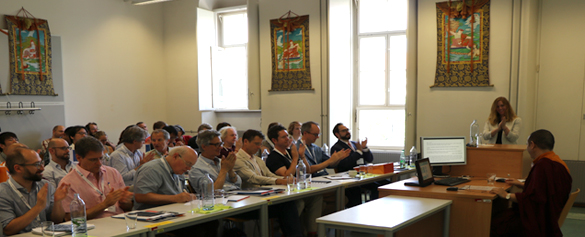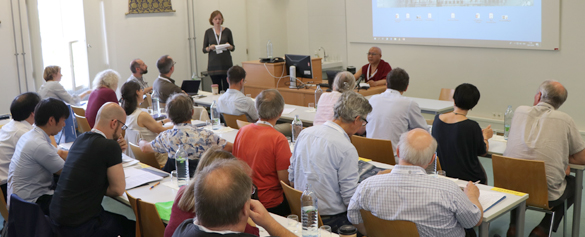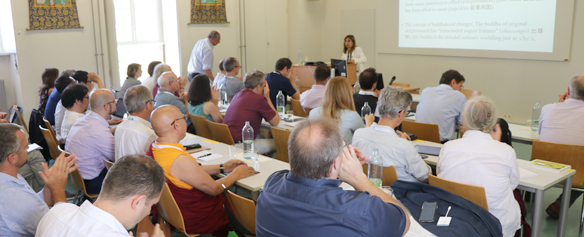The Difference Between a Sentient Being and a Buddha: ’Jig rten gsum mgon’s Instruction on the Process of Confusion
Gwen Witt Dorring2022-11-16T23:39:22-07:00This paper will present the text Phyag chen ’khrul pa rtsad gcod ’khrul lugs ngos ’dzin gyi gdams pa (A Mahāmudrā Investigation into Confusion: An Instruction for Identifying the Process of Confusion) by ’Jig rten gsum mgon. This text explains what differentiates sentient beings from buddhas and how they are ultimately inseparable. The disciple Mkhan po Bzod pa asks his teacher to clarify where confusion comes from and which came first: a buddha or a sentient being. ’Jig rten gsum mgon answers that neither came first, that there is no difference in terms of time between the two, and that […]



